Although Spain is popular with visitors year-round, the majority of travellers come to Spain in summer and leave in time for the new school term. Autumn begins on September 22nd bringing with it cooler temperatures, fascinating festivals and lots of tasty treats. Here’s why autumn is actually the best time to visit or travel around Spain.
Fewer tourists
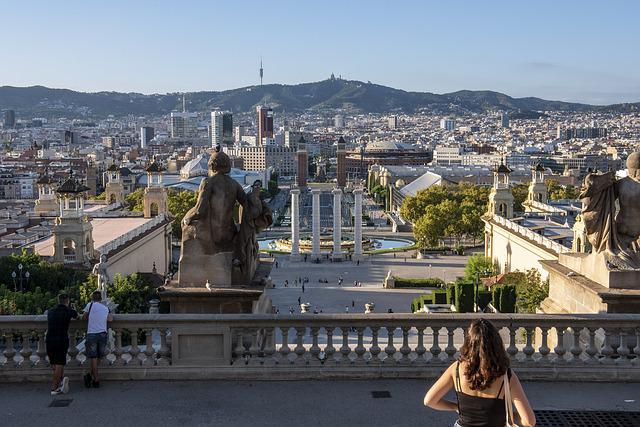
Autumn is a good time to tour Spain’s popular sites once the hordes of tourists have left at the end of the summer. Although you may still have to reserve tickets for Granada’s Alhambra or Barcelona’s Sagrada Família, you’ll have more choice on days and times you want to go and won’t have to share these amazing places with so many others, jostling for space to take photos.
And as the days turn colder or on those rainy days when you don’t want to be outside, consider paying a visit to one of Spain’s world-renowned museums without the headache of too many tourists.
The weather
For those of us who struggle to make it through Spain’s sweltering summer, autumn comes as a welcome relief: a sunny, breezy time when people are still enjoying the outside terraces, but in a much more pleasant temperature. This summer, Spain experienced one of the hottest summers on record, with temperatures in the high 30s and low 40s in much of the country. The fall in temperatures makes it a great time for exploring. Inland cities such as Madrid, Seville and Córdoba are too unbearable during the summer, but perfectly lovely in autumn.
The festivals
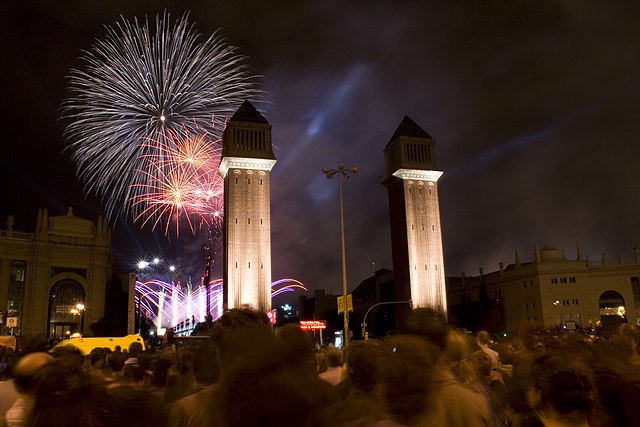
Spain plays host to some of its best festivals in autumn. Barcelona celebrates its patron saint La Mercè during its annual city-wide festival taking place around September 24th. During this time the whole city comes alive with concerts – street theatre is held in the city parks and circus performances take place up by Montjuïc Castle.
Many towns on the Costa del Sol hold their annual ferias in September and October, including Fuengirola and Torremolinos. And in Zaragoza, the city gets ready for the biggest event of the year – the Fiestas del Pilar held in the week leading up to October 12th, with lots of partying, dancing and fireworks.
The colours
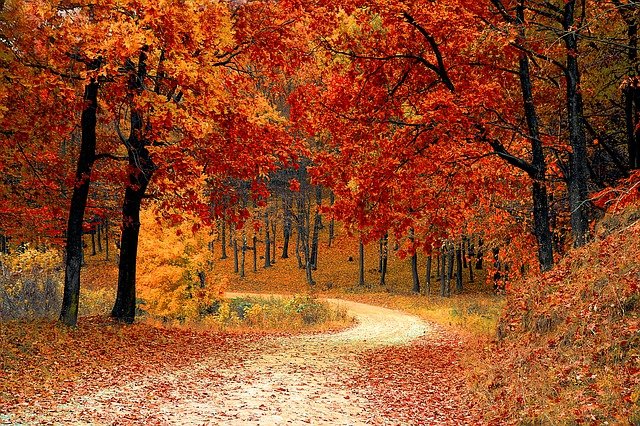
With so many wooded areas of outstanding natural beauty to be found in Spain, you are never too far from those stunning autumn colours. Faedo de Ciñera in León is one of the best places to see nature’s display. It was voted the “best cared for wood in Spain” by Bosques Sin Fronteras (Woods Without Borders) and is home to beech trees that date back over 500 years.
IN PICS: 15 photos that will get you excited about autumn in Spain
The chestnuts and the mushrooms

Autumn is also wild mushroom season in Spain, so why not grab a basket and spend a fun autumnal day foraging for some tasty fungi? Be sure to go with an expert so you know what to look for…and what to avoid.
Many towns hold mushroom picking and tasting events, like the mycology (study of fungi) fest in Ezcaray, La Rioja, which runs from the end of October to the beginning of November, with workshops on cooking mushrooms and more. There are similar mycology fests in Beceite, Aragón and San Esteban del Valle, Avila. Mushroom hunting is also very popular in the forests of Catalonia.
READ ALSO: 10 reasons why a Spanish person might be staring at you
The wine
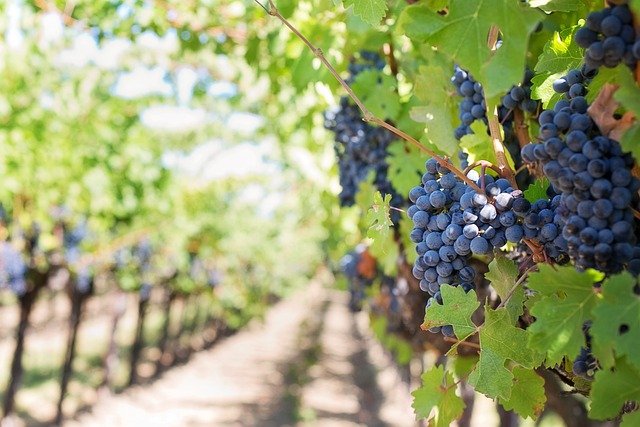
The grape harvest in Spain usually takes place in September and autumn is a fantastic time to tour some of Spain’s vineyards. This isn’t just limited to the famous regions of La Rioja and Ribera. With wine made in so many regions across Spain, you should be able to find bodegas near you for a glimpse into the age-old wine-making tradition while the air is permeated with the scent of crushed grapes.
Grape Escape: Discovering the art of winemaking in the vineyards of Rioja
Hearty food
As soon as the temperature gets a little cooler, it’s nice to cosy up with some warm Spanish cuisine, especially after doing everything possible to avoid hot dishes in the sweltering summer.
Though they can be enjoyed year-round, there is nothing quite like churros con chocolate to warm you up from the inside.
Spaniards also love to make use of seasonal crops, so it’s time to give up the refreshing gazpacho so perfect in the summer months and instead tuck into crema de calabaza (cream of pumpkin soup), cocido madrileño (typical stew from Madrid) or caldo gallego (Galician broth or soup) with autumn veggies.

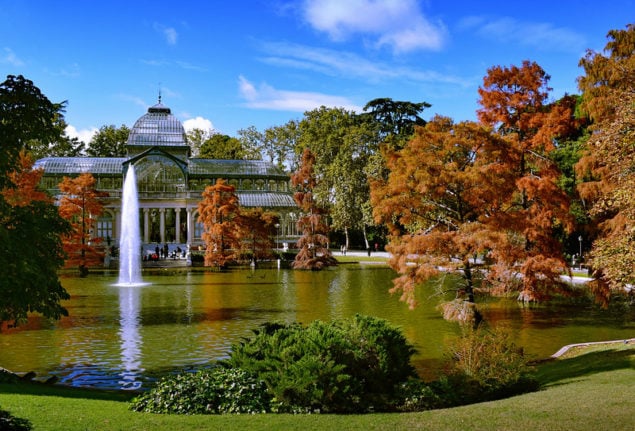
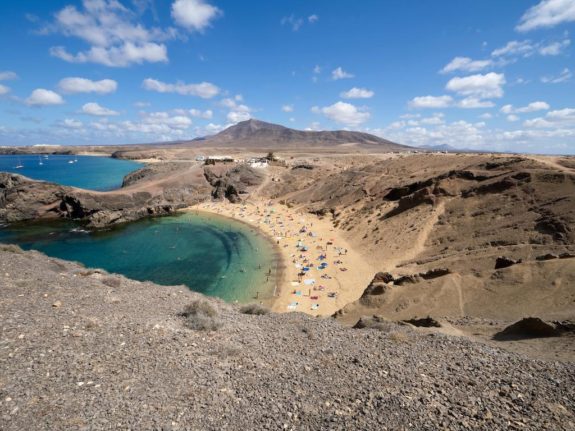
 Please whitelist us to continue reading.
Please whitelist us to continue reading.
Member comments